
Japan · museum guide
8 min read Sep 27, 2019
This post is the third in a series of four about our latest trip to Japan.
Both my wife Q and I are museum lovers. Every time we plan a trip abroad, our top priorities are flight tickets, hotels and then museums, in that order. It’s because museums are the encapsulation of everything that draws us to travel. There’s architecture, art, culture, cuisine in the museum cafés and trinkets to buy in shops. We can walk and learn all day while practicing our own self-expression in the form of photography.
The best museums cater equally to tourists and locals. This guarantees accessibility to foreigners since signage is in English and staff can speak English as well. All the while, since they serve locals primarily, we can expect to see something new and different. For example, when we visited the Kikkoman Soy Sauce Museum that I mention later in this post, we were the only non-Japanese there. It was a signal that we were off the beaten path and in for a treat.
What follows are my thoughts about four of the museums in Japan that we visited earlier this year.
Tokyo National Museum
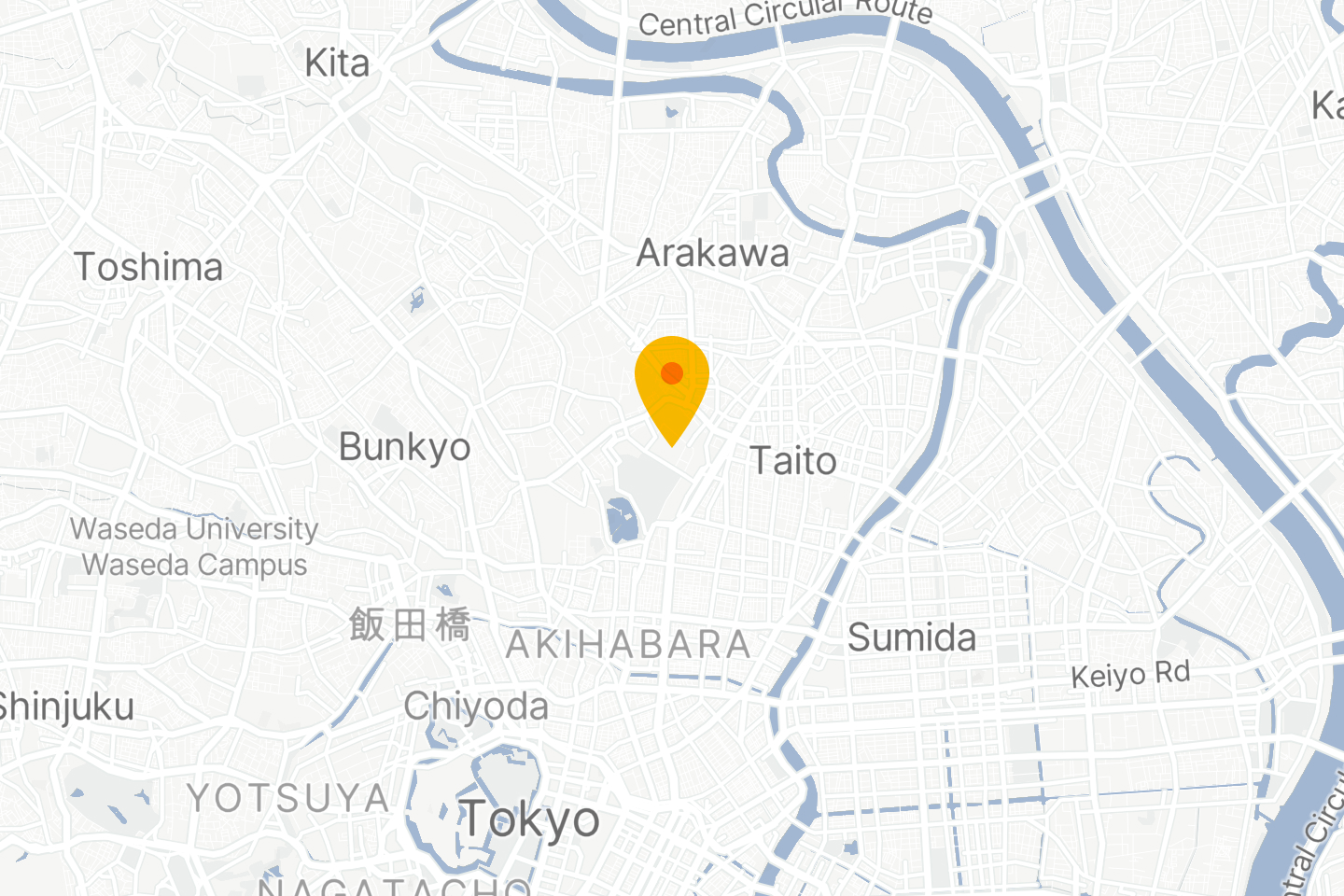
This largest art museum in Japan is dedicated to historical Japanese art. I would recommend spending at least half a day and touring a few of its different galleries, each of which is built in a different architectural style.
The Tokyo National Museum’s sprawling set of galleries are located in Ueno Park within Tokyo’s Taitō ward. The institution focuses on ancient and medieval Japanese art and Asian art from along the Silk Road.
It’s composed of a collection of buildings in a range of architectural styles. Q and I spent nearly a day there and barely saw half of it.
My favorite building is the 法隆寺宝物館 or Gallery of Horyuji Treasures, built solely to house a set of historical items from the Hōryū-ji temple in Nara. It was designed by Yoshio Taniguchi, who is most famous for his early-00s redesign of the MoMA. Put the two buildings side-by-side, and you’ll notice the resemblance.
 Tokyo · Leica Q · f/8 · 1/320 · ISO
100
Tokyo · Leica Q · f/8 · 1/320 · ISO
100
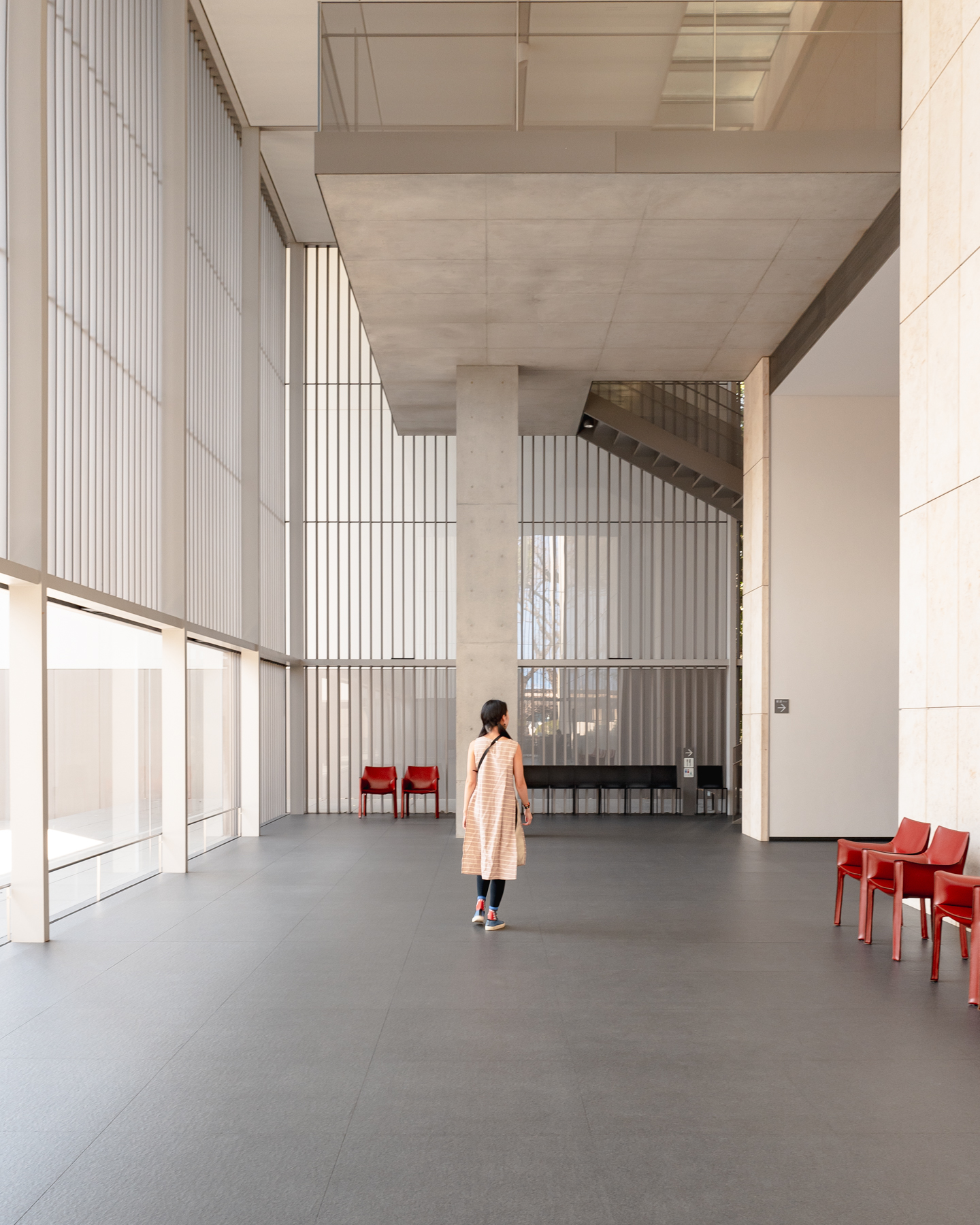 Leica Q · f/8 · 1/60 · ISO 320
Leica Q · f/8 · 1/60 · ISO 320
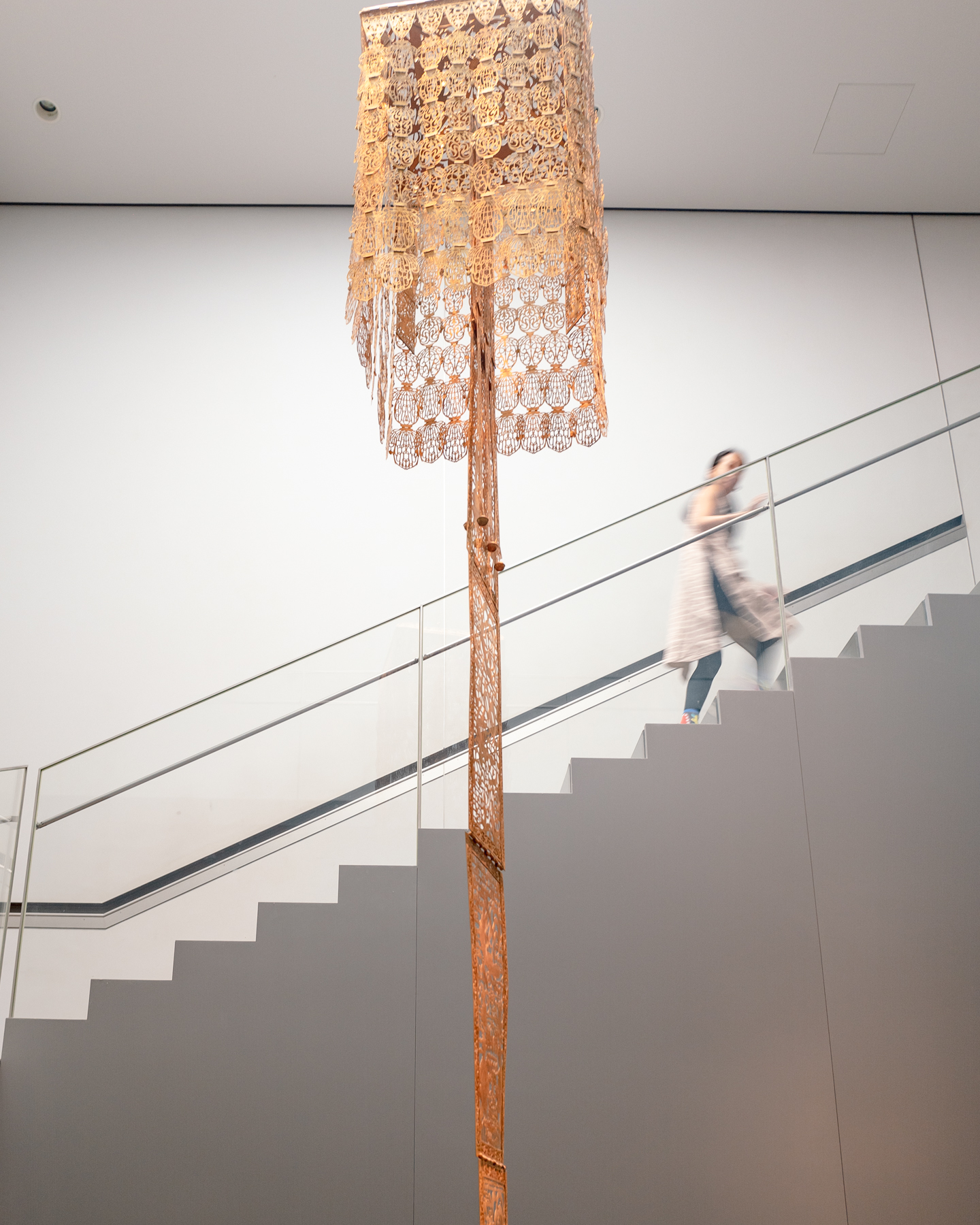 Leica Q · f/4 · 1/8 · ISO 200
Leica Q · f/4 · 1/8 · ISO 200
 Leica Q · f/7.1 · 1/60 · ISO
100
Leica Q · f/7.1 · 1/60 · ISO
100
 Leica Q · f/1.7 · 1/60 · ISO
2000
Leica Q · f/1.7 · 1/60 · ISO
2000
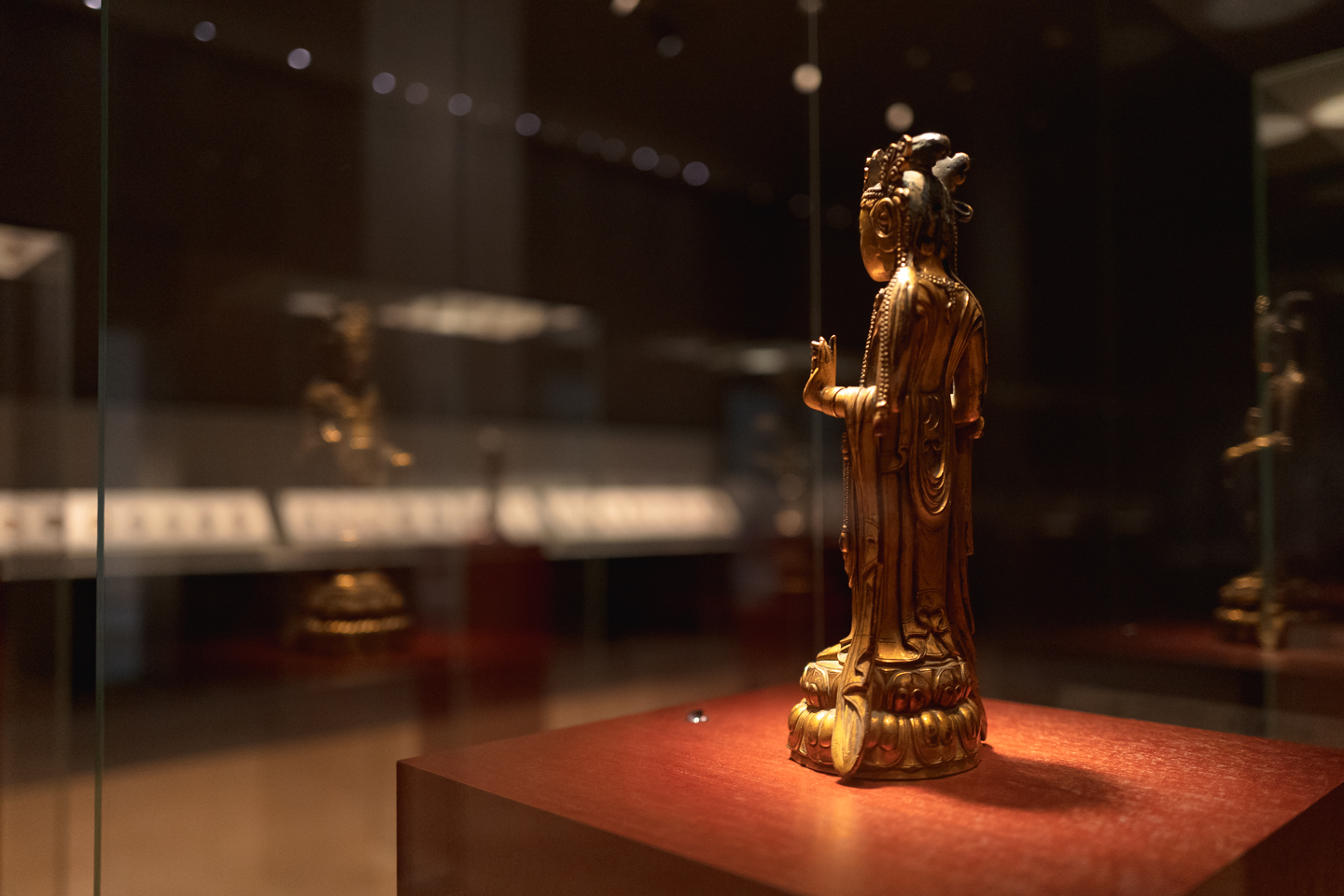 Leica Q · f/1.7 · 1/60 · ISO
1600
Leica Q · f/1.7 · 1/60 · ISO
1600
 Leica Q · f/1.7 · 1/60 · ISO
800
Leica Q · f/1.7 · 1/60 · ISO
800
 Leica Q · f/9 · 1/250 · ISO
100
Leica Q · f/9 · 1/250 · ISO
100
Kikkoman Soy Sauce Museum

It’s part factory tour, part history lesson, taking you through the entire process of making soy sauce. We loved the cafe where we sampled nearly every Kikkoman soy sauce product, tasted soy sauce ice cream, and tried our hands at making Senbei rice crackers.
The Kikkoman Soy Sauce Museum is located at Kikkoman’s international headquarters in Noda about one hour from Tokyo by train. You don’t have to be obsessed with soy sauce to enjoy it. You just need an appreciation for quality products and craftsmanship. It also doesn’t hurt that entrance is free.
The experience begins with a self-guided tour through the museum following the process by which soybeans and rice become soy sauce. Along the way, you can peak through windows into parts of the factory itself.
Just like at many attractions in Japan, we were given a card to collect stamps along the way. Completing the stamp game won us a free liter of premium soy sauce.
Aside from the tour and the Mame cafe (mame is Japanese for bean) where the tastings occur, there is a gift shop that sells many exclusive items. We purchased some moromi, which is an intermediate product in the manufacture of soy sauce that can be used as a condiment.
We both came away with a heightened experience for the ingredient that underpins so many Asian foods. We even learned some useful things like how obviously different freshly-opened soy sauce and week’s old soy sauce taste.
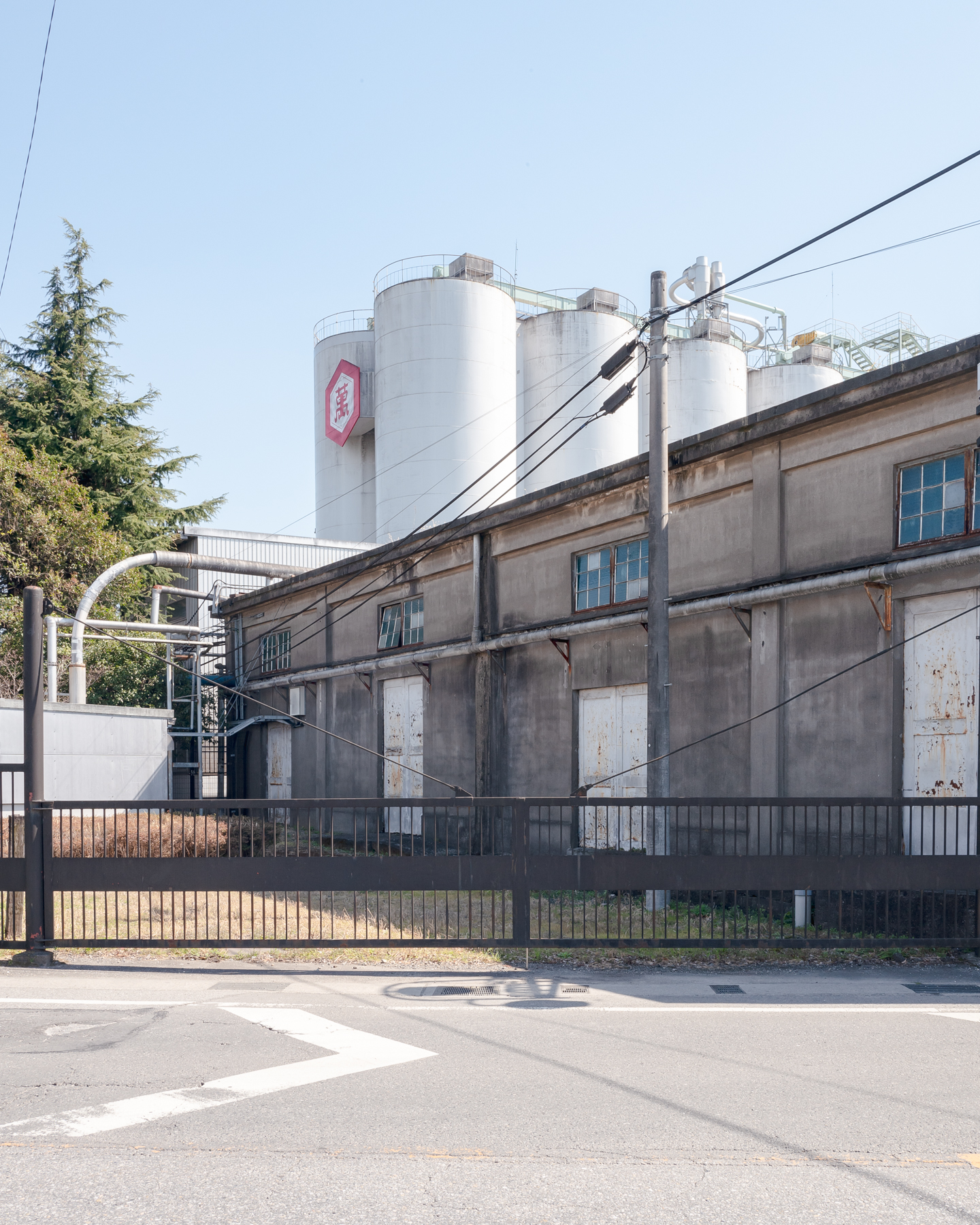 Leica Q · f/16 · 1/60 · ISO
125
Leica Q · f/16 · 1/60 · ISO
125
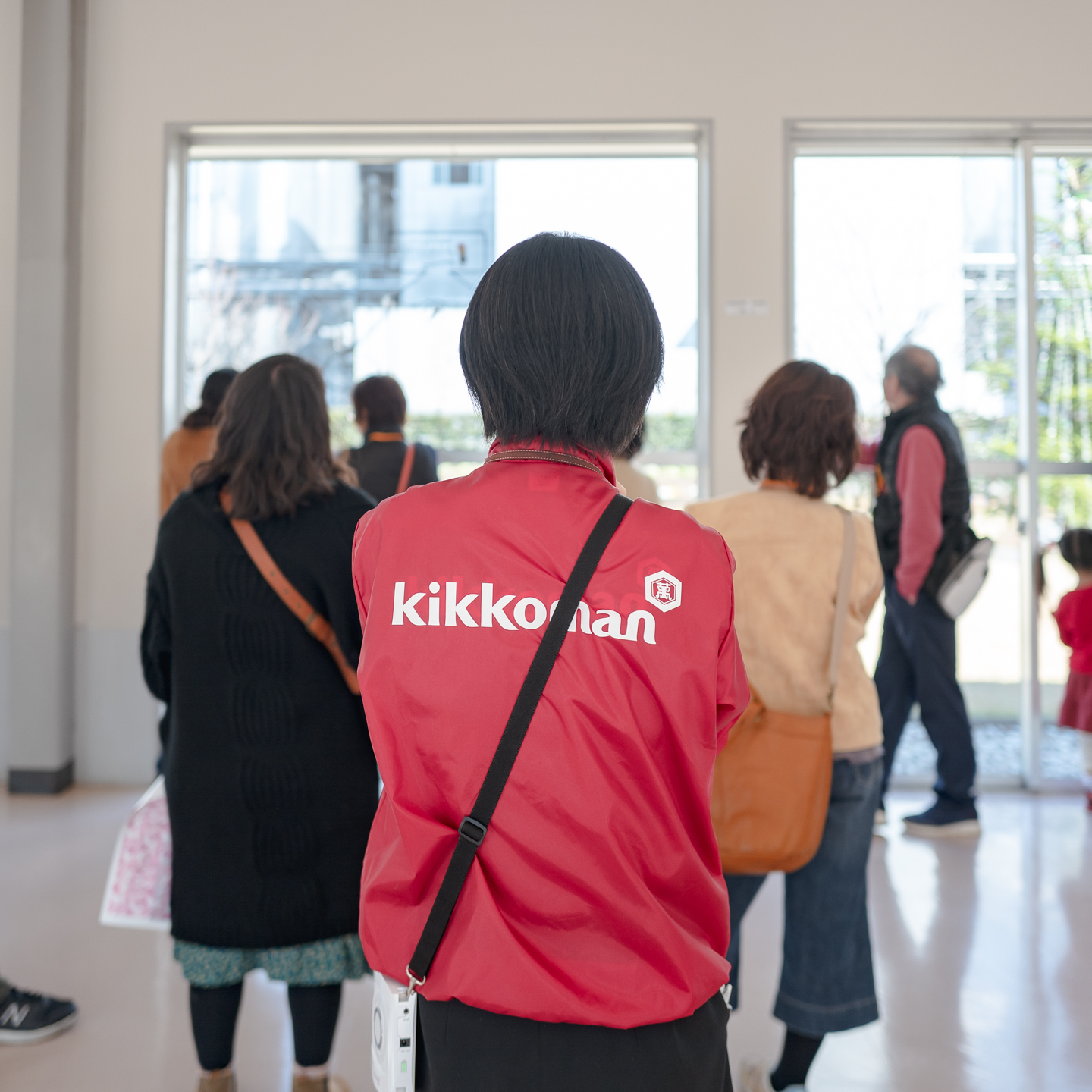 Leica Q · f/1.7 · 1/640 · ISO
100
Leica Q · f/1.7 · 1/640 · ISO
100
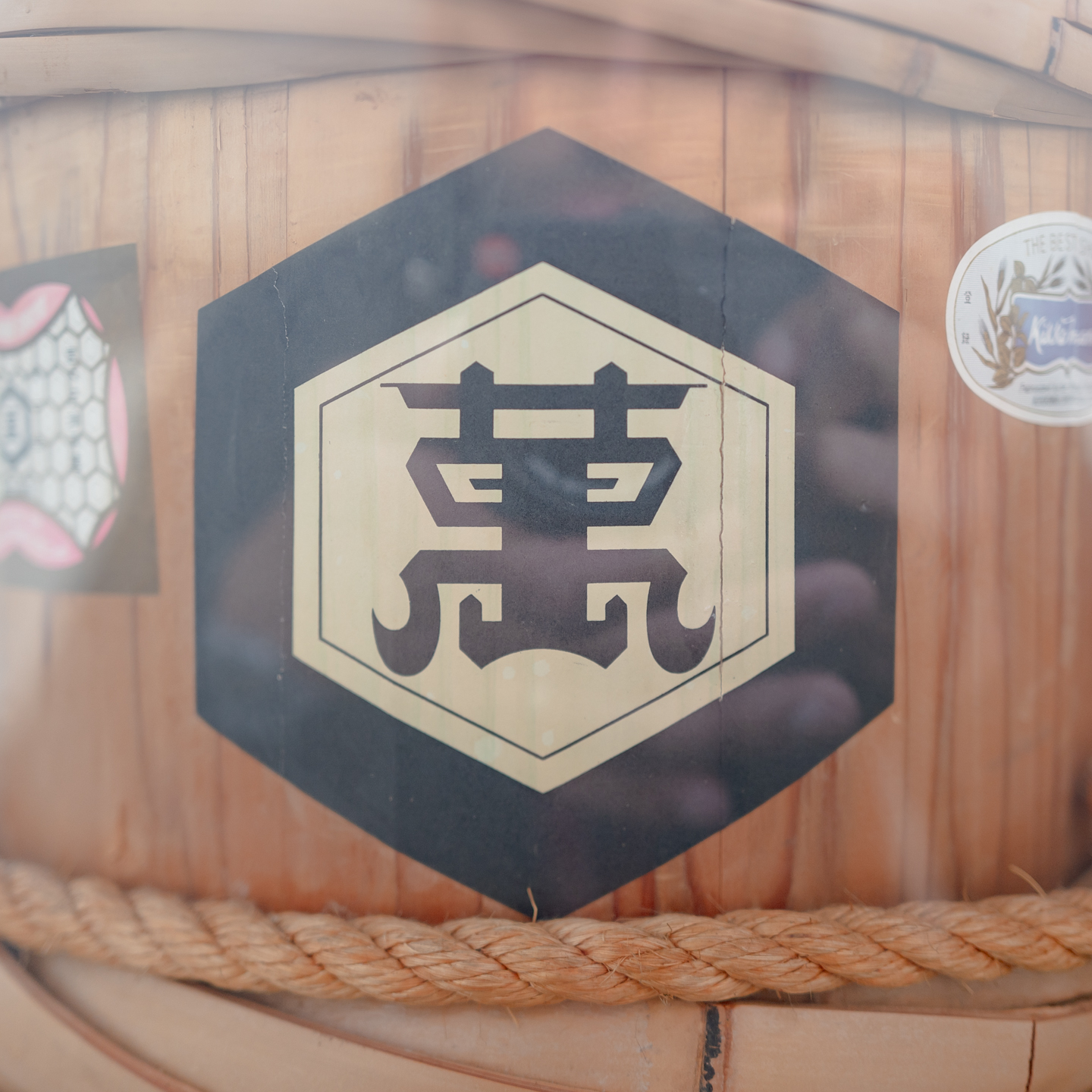 Leica Q · f/1.7 · 1/125 · ISO
100
Leica Q · f/1.7 · 1/125 · ISO
100
 Leica Q · f/3.2 · 1/60 · ISO
320
Leica Q · f/3.2 · 1/60 · ISO
320
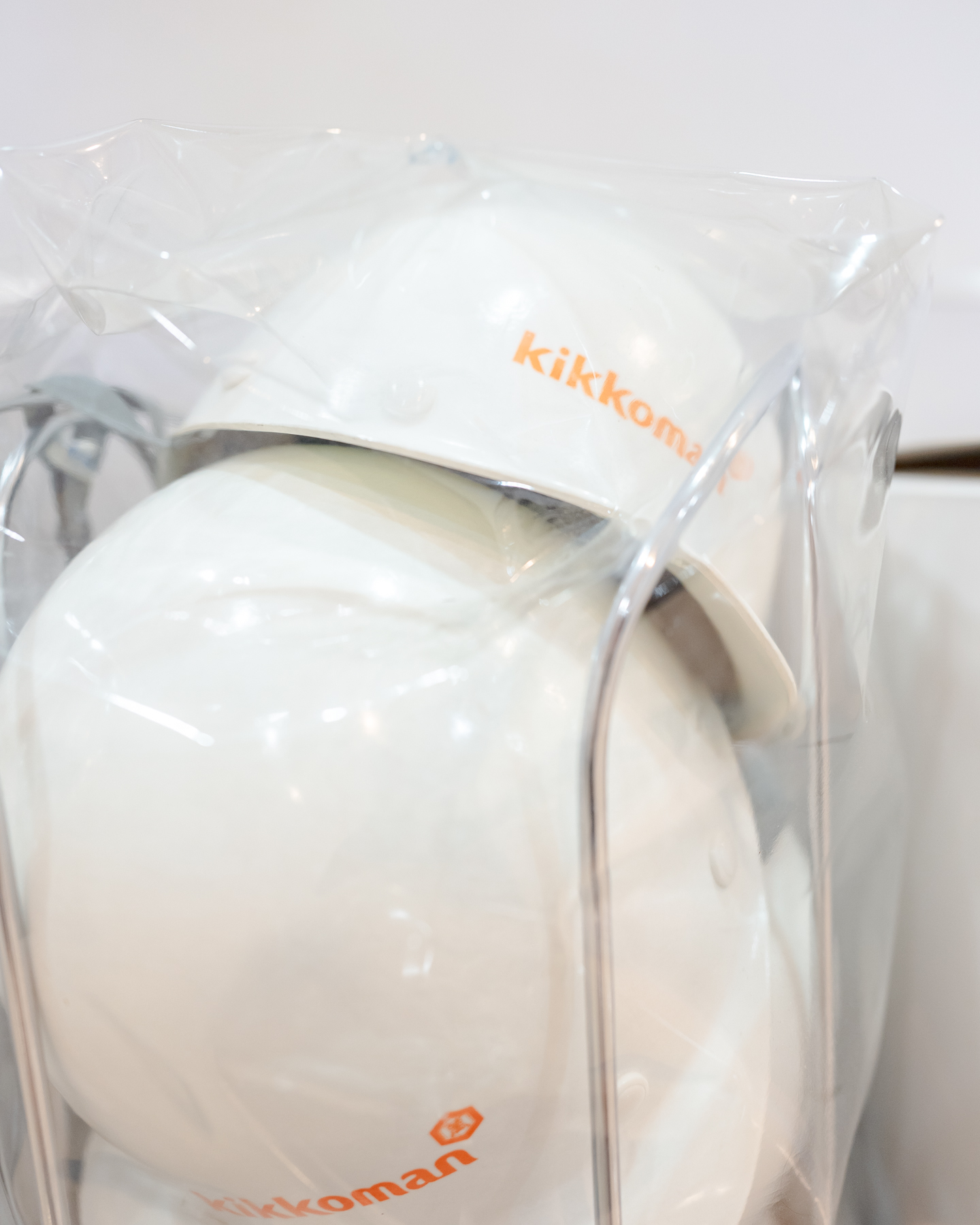 Leica Q · f/2.8 · 1/60 · ISO
400
Leica Q · f/2.8 · 1/60 · ISO
400
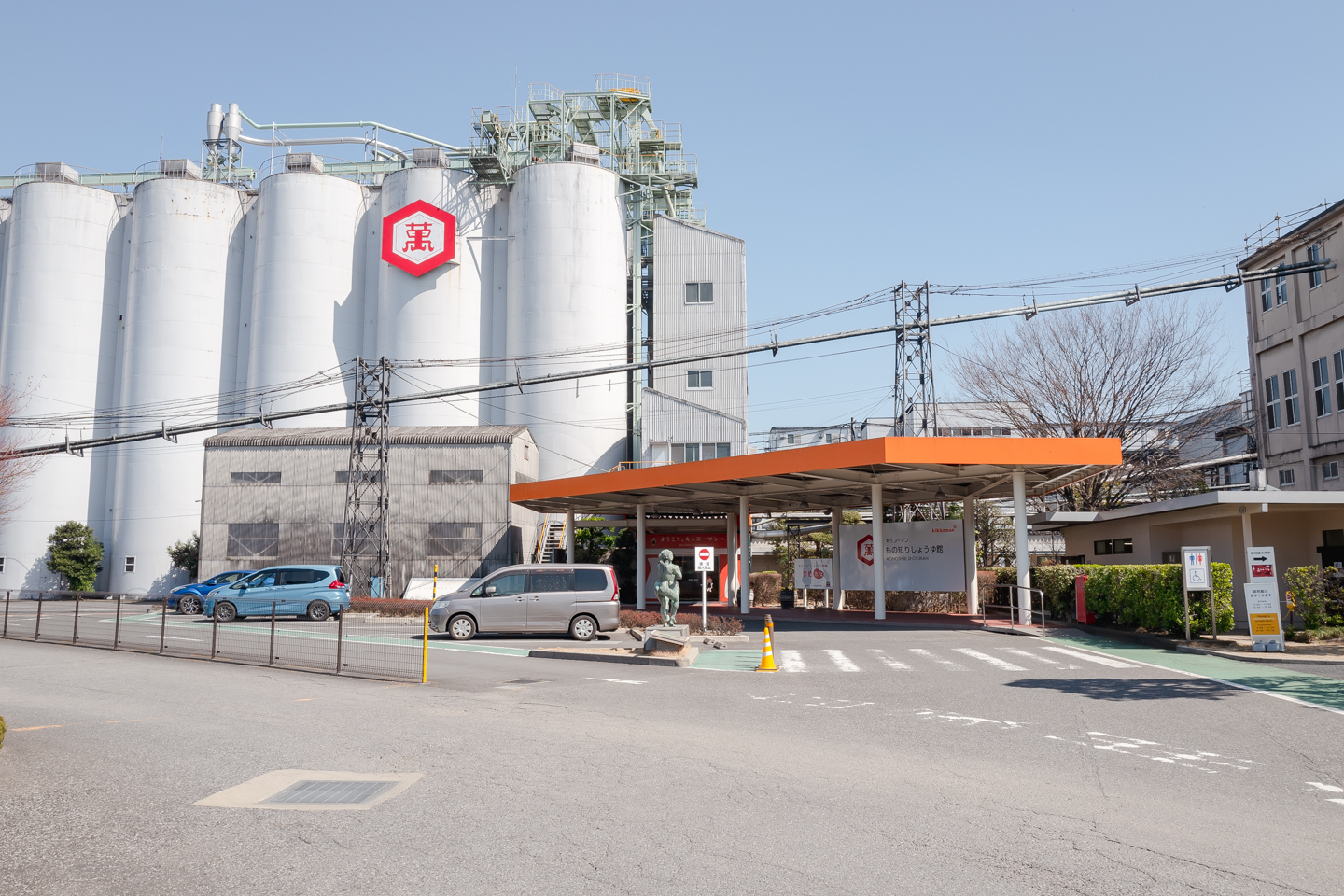 Leica Q · f/16 · 1/80 · ISO
100
Leica Q · f/16 · 1/80 · ISO
100
Pola Museum of Art
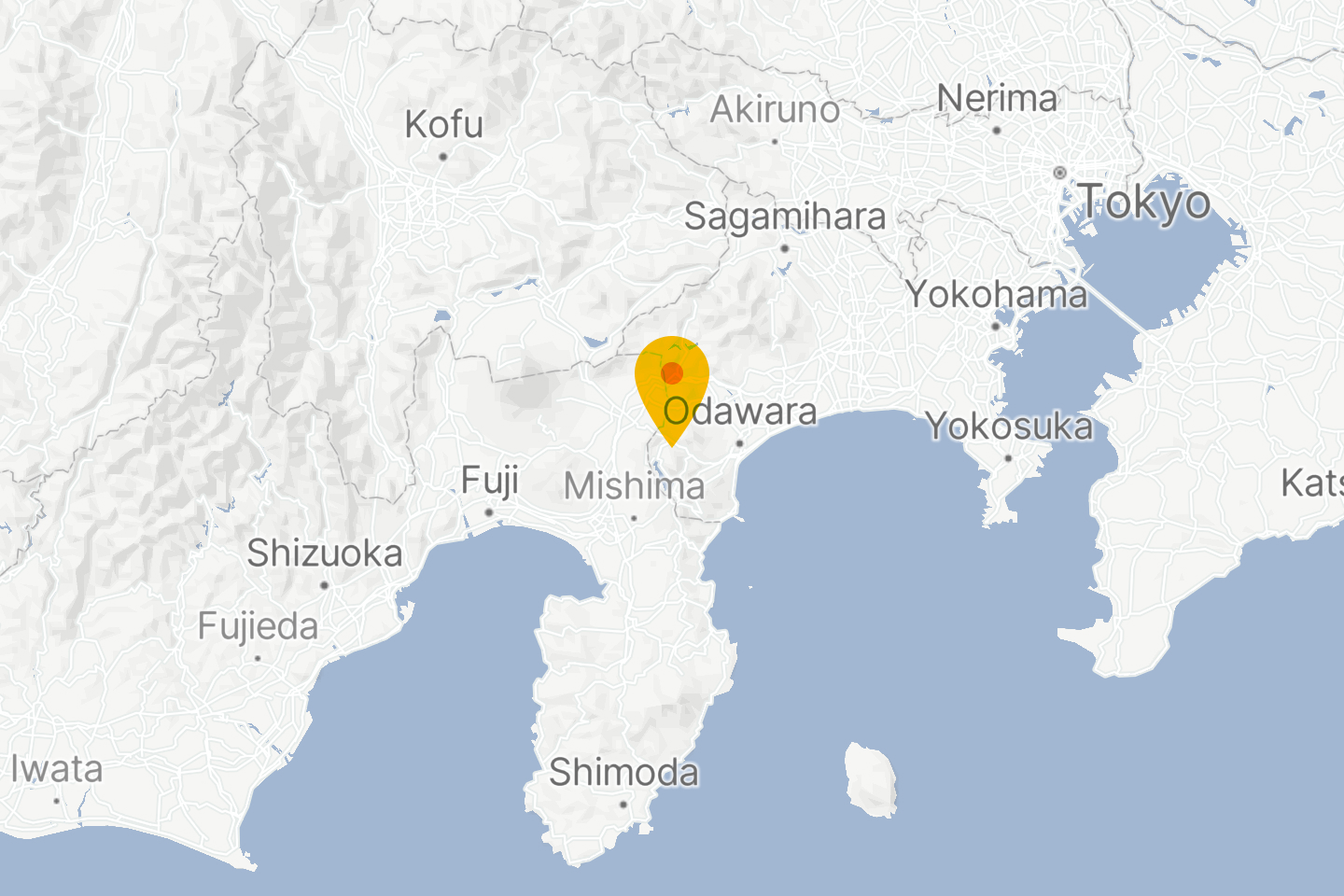
The Pola museum houses mostly french paintings collected by the former head of the Pola cosmetics company. However, the architecture alone makes this museum worth visiting. An added plus: It’s within close proximity of more than a dozen other art museums.
On our way from Tokyo to Nagoya, we stopped in Hakone to visit the Pola museum. The stark structure of concrete, glass, and steel is juxtaposed on a landscape of centuries-old beech forest within the Fuji-Hakone-Izu National Park.
Because of this somewhat remote location, it takes some time to get to. If you decide to visit, I would recommend staying in Hakone, perhaps in one of its Ryokan. An extended stay will give you enough time to enjoy this and other great nearby museums and also take in the natural beauty of the area.
The museum was designed to have a minimal visual impact on the environment around it. Hence, it’s mostly underground. Even though it’s tiny in comparison to the Tokyo National Museum, it’s a delight to experience. Every time I turned my head, I saw another interesting angle to photograph.
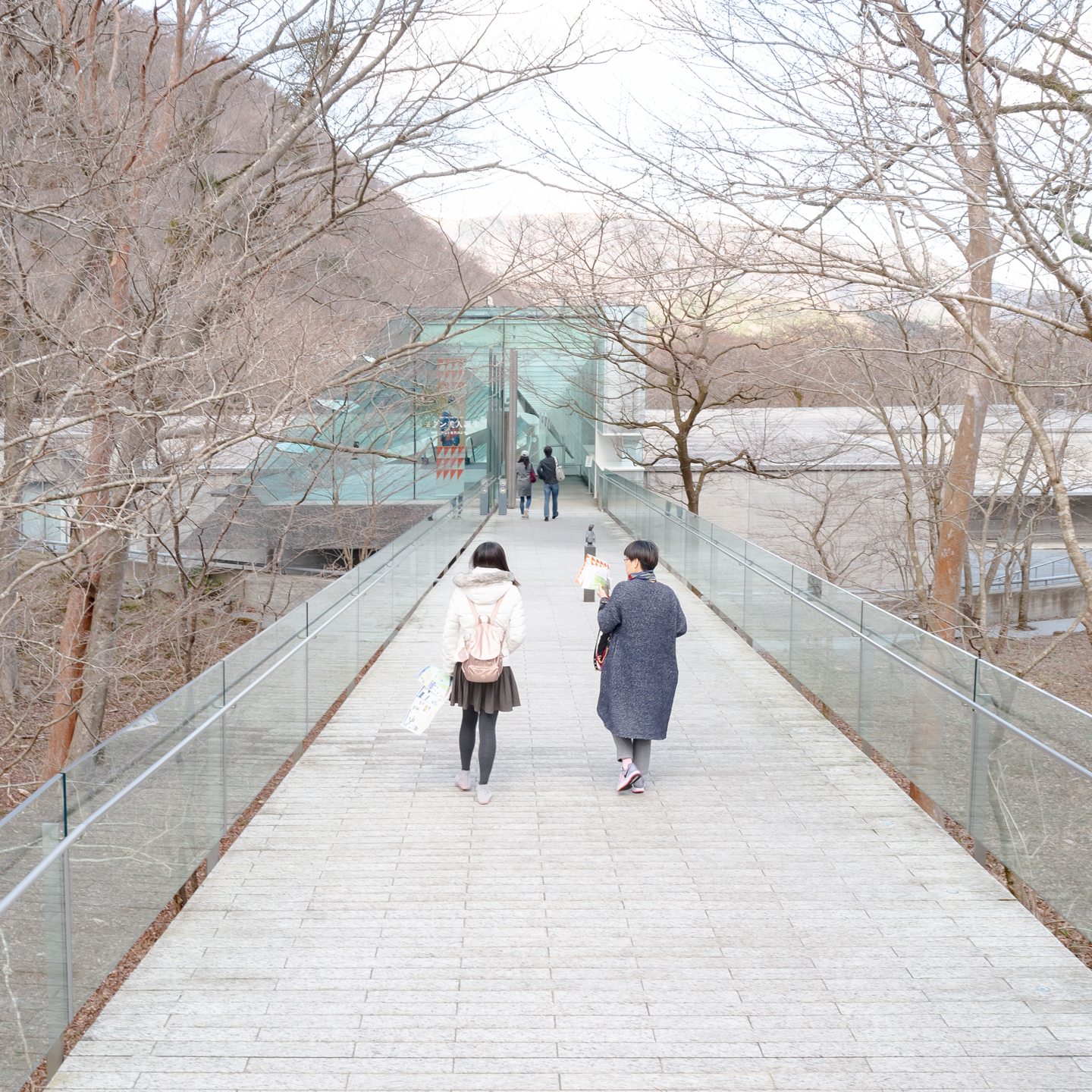 Leica Q · f/14 · 1/60 · ISO
320
Leica Q · f/14 · 1/60 · ISO
320
 Leica Q · f/14 · 1/60 · ISO
400
Leica Q · f/14 · 1/60 · ISO
400
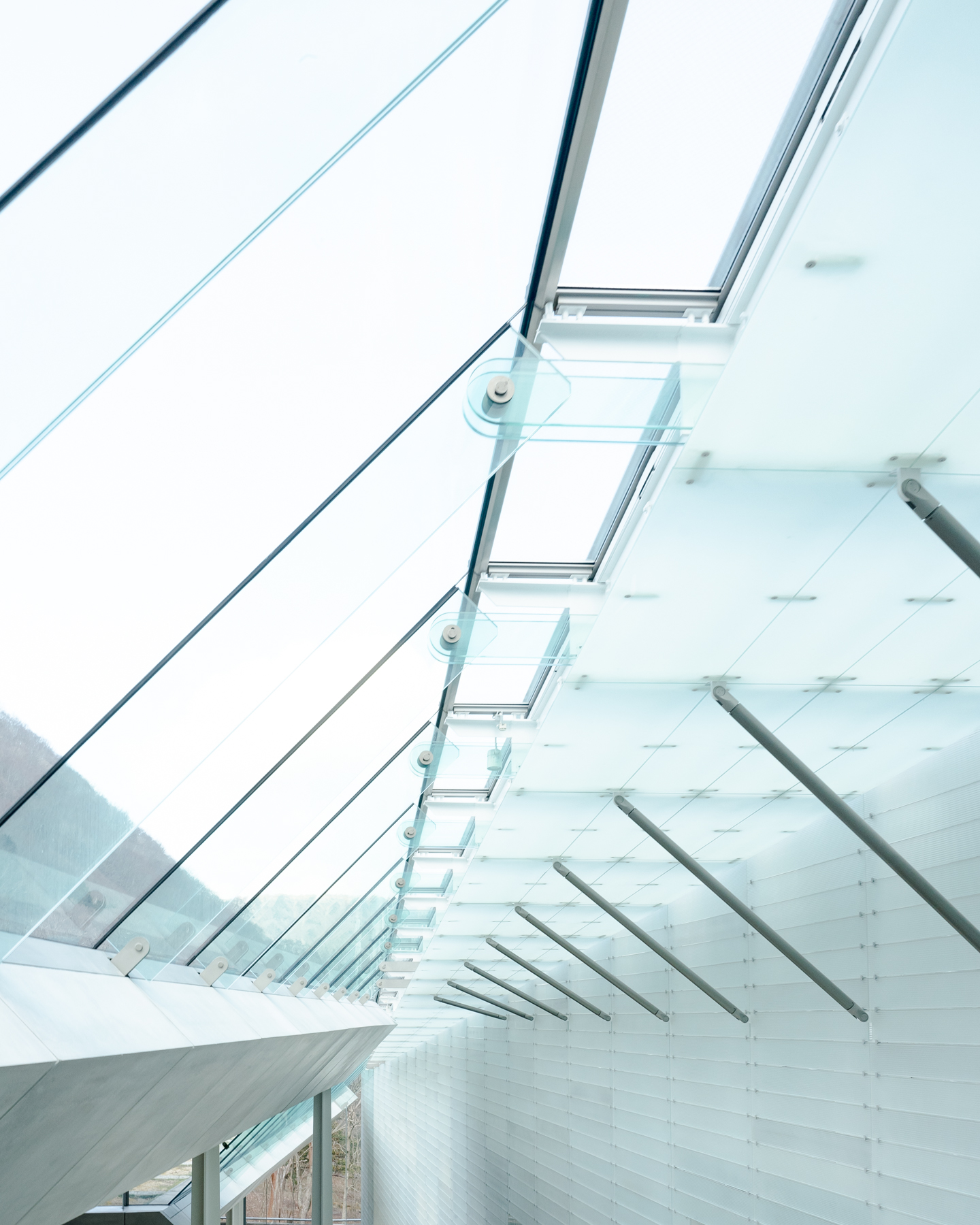 Leica Q · f/14 · 1/60 · ISO
250
Leica Q · f/14 · 1/60 · ISO
250
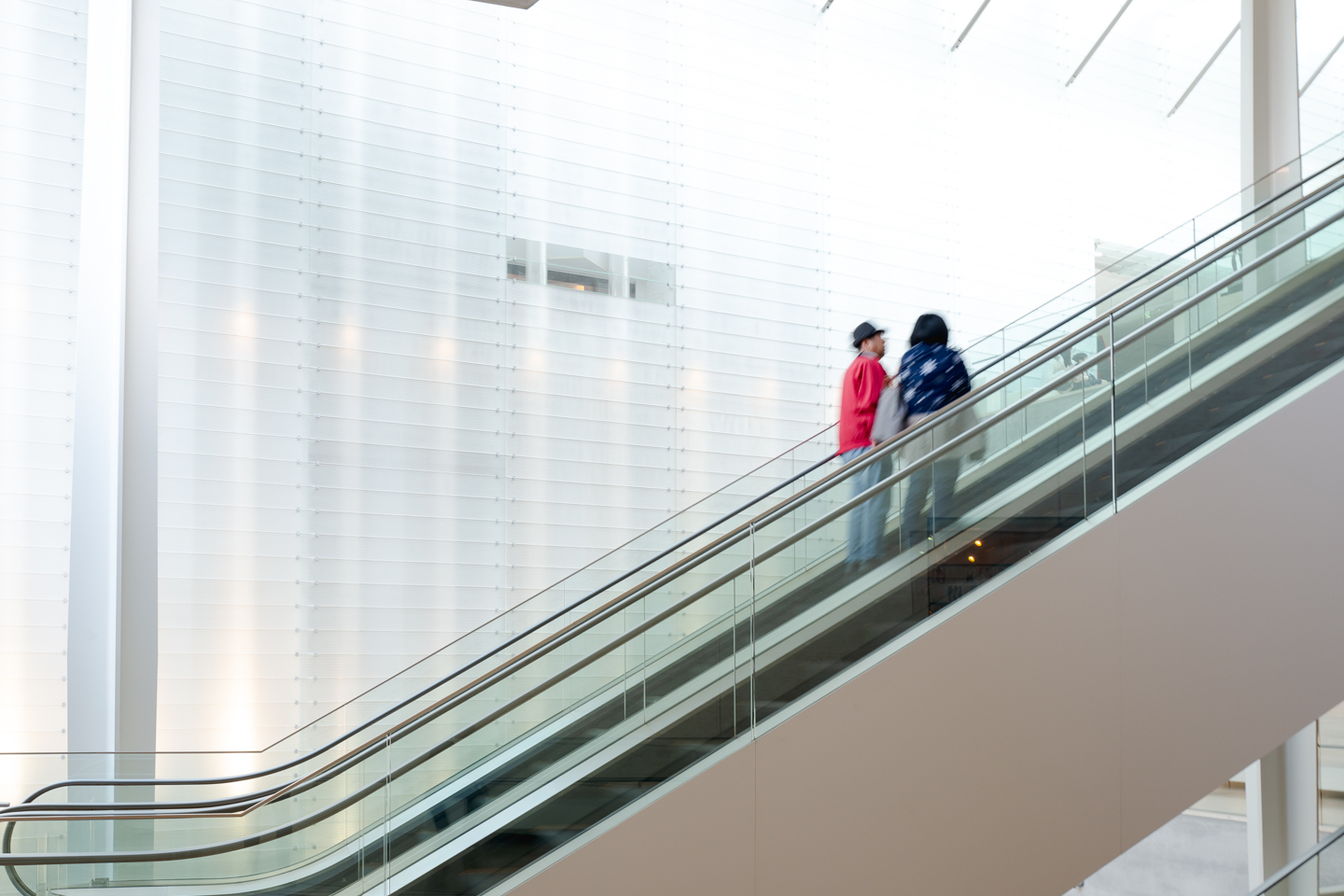 Leica Q · f/8 · 1/8 · ISO 100
Leica Q · f/8 · 1/8 · ISO 100
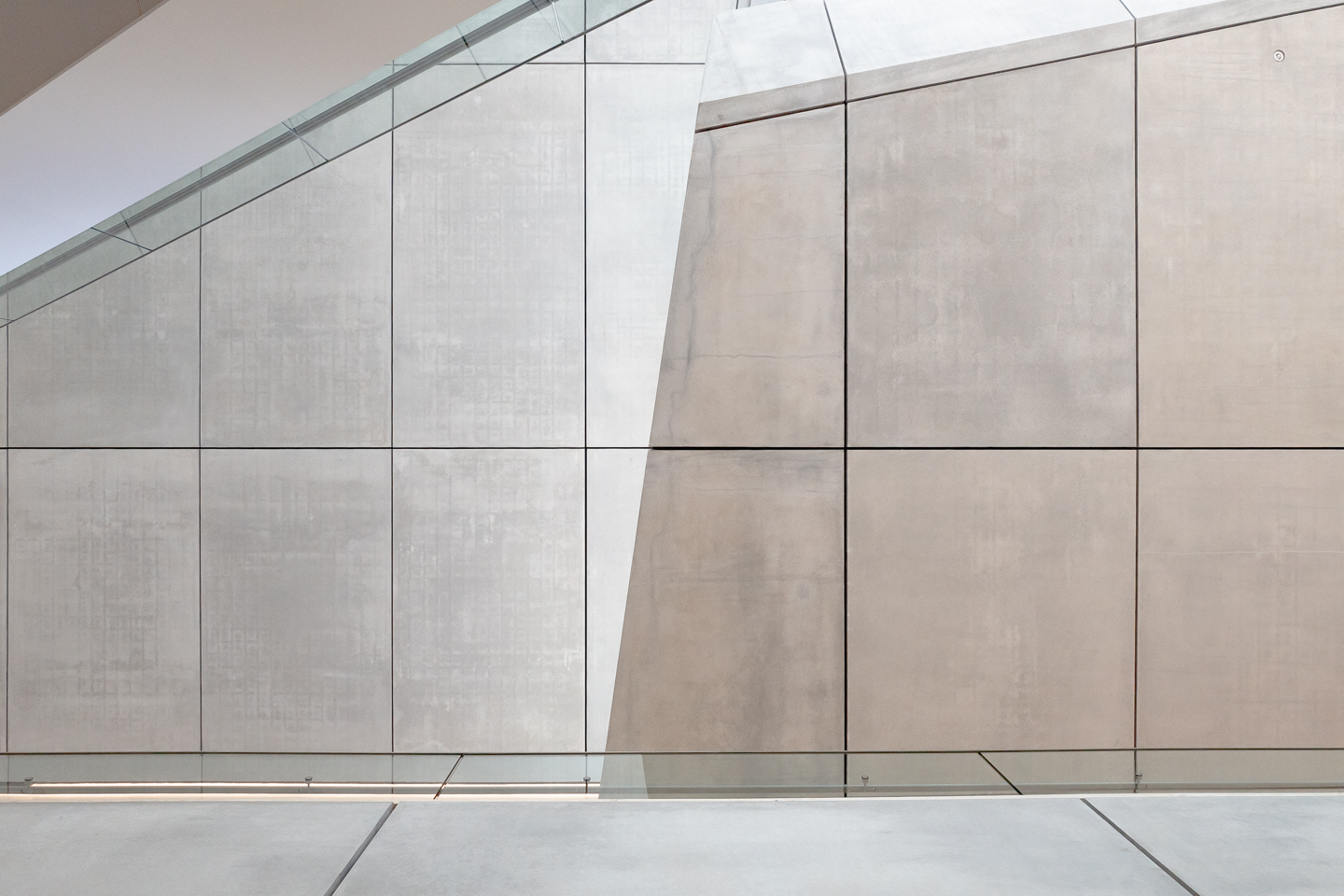 Leica Q · f/10 · 1/60 · ISO
1000
Leica Q · f/10 · 1/60 · ISO
1000
 Leica Q · f/11 · 1/60 · ISO
400
Leica Q · f/11 · 1/60 · ISO
400
 Leica Q · f/8 · 1/80 · ISO 100
Leica Q · f/8 · 1/80 · ISO 100
 Leica Q · f/8 · 1/60 · ISO 100
Leica Q · f/8 · 1/60 · ISO 100
Toyota Techno Museum

Be prepared to learn the entire history of textile production and the evolution of Toyota’s automobile manufacturing processes. If you are curious about these topics, then be ready to spend a whole day and still walk away knowing you didn’t see it all.
The Toyota Techno Museum, officially the Toyota Commemorative Museum of Industry and Technology, may be the most impressive museum dedicated to manufacturing that I’ve ever seen.
Both Nagoya and nearby Toyota City, Toyota’s headquarters, are home to a multitude of tourist destinations related to the global automobile giant. In addition to the Techno Museum, there is the Toyota Automobile Museum, Toyota Municipal Museum of Art and Toyota Kaikan Museum.
On my first trip to Japan, I visited the Kaikan Museum and took a tour of the Toyota factory. It is, as is expected, a technological marvel. Toyota’s legendary reputation for efficiency was on full display. It wasn’t my first trip to an automobile factory, though.
Some years before, I had visited the Tesla factory in Fremont, California. While I was mesmerized, it seemed less organized than Toyota’s factory. Of course, it’s an unfair comparison given that Tesla is only 16 years old while Toyota has been producing cars for nearly a century.
Side note: The current Tesla factory was formerly NUMMI, a joint effort between GM and Toyota modeled after this exact factory in Japan that I visited. If you are curious, This American Life made an excellent podcast about NUMMI in 2015.
On this trip, we budgeted one day to the Techno Museum. The self-guided tour starts with Toyota’s roots in textile manufacturing. What continues is a comprehensive history from the dawn of the industrial revolution until modern times. There extensive detail like how cotton was wound into threads in India centuries past and how contemporary air-jet and water-jet looms work. The hall is filled with machine upon machine from around the world, many of which are operational and demoed by docents throughout the day.
My favorite is Toyota’s invention, the circular loom. The shuttle continuously pulls the weft through the circularly-arranged warp in a spiral pattern, creating a single, unending, cylindrical cloth. It’s far more efficient since the shuttle never needs to stop.
Q and I were so engrossed in the textile section that we nearly forgot that it’s only one half of the museum. After a late, rushed lunch in the cafe, we continued into the automobile manufacturing section. We, unfortunately, missed quite a bit, including metalworking demonstrations like forging, stamping, and welding. I guess we’ll have something to look forward to the next time we are in Nagoya.
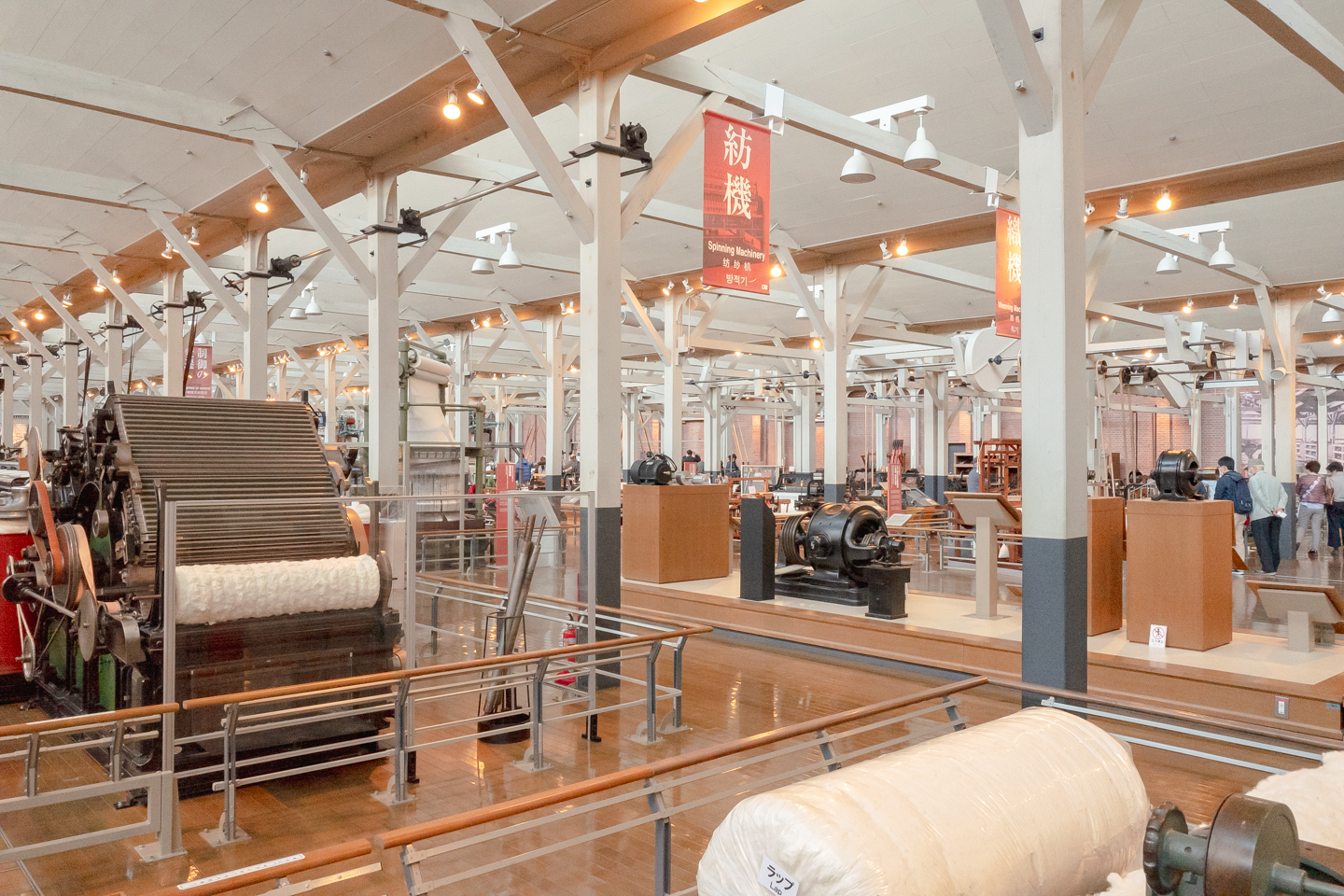 Leica Q · f/16 · 1/60 · ISO
4000
Leica Q · f/16 · 1/60 · ISO
4000
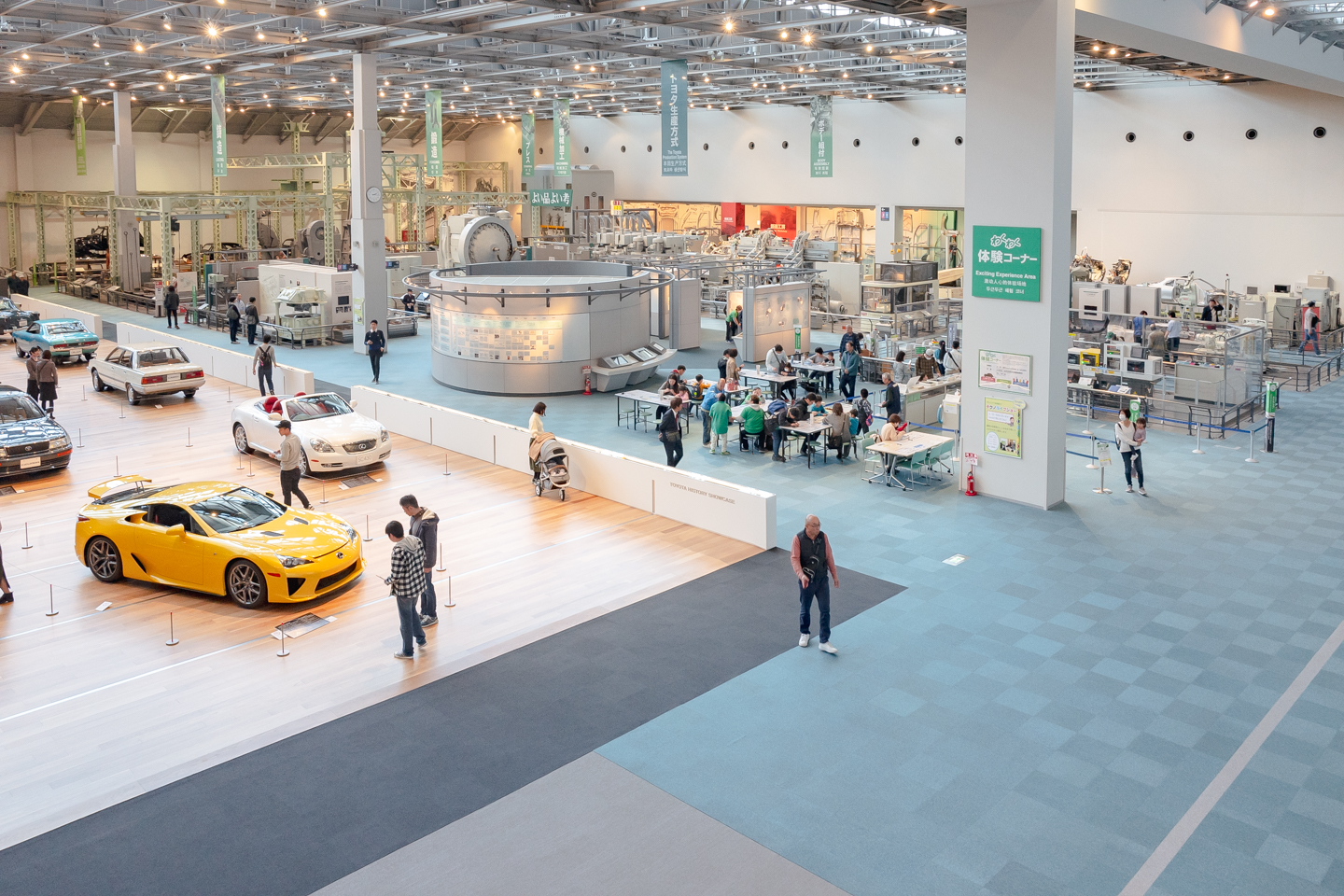 Leica Q · f/8 · 1/60 · ISO
1000
Leica Q · f/8 · 1/60 · ISO
1000
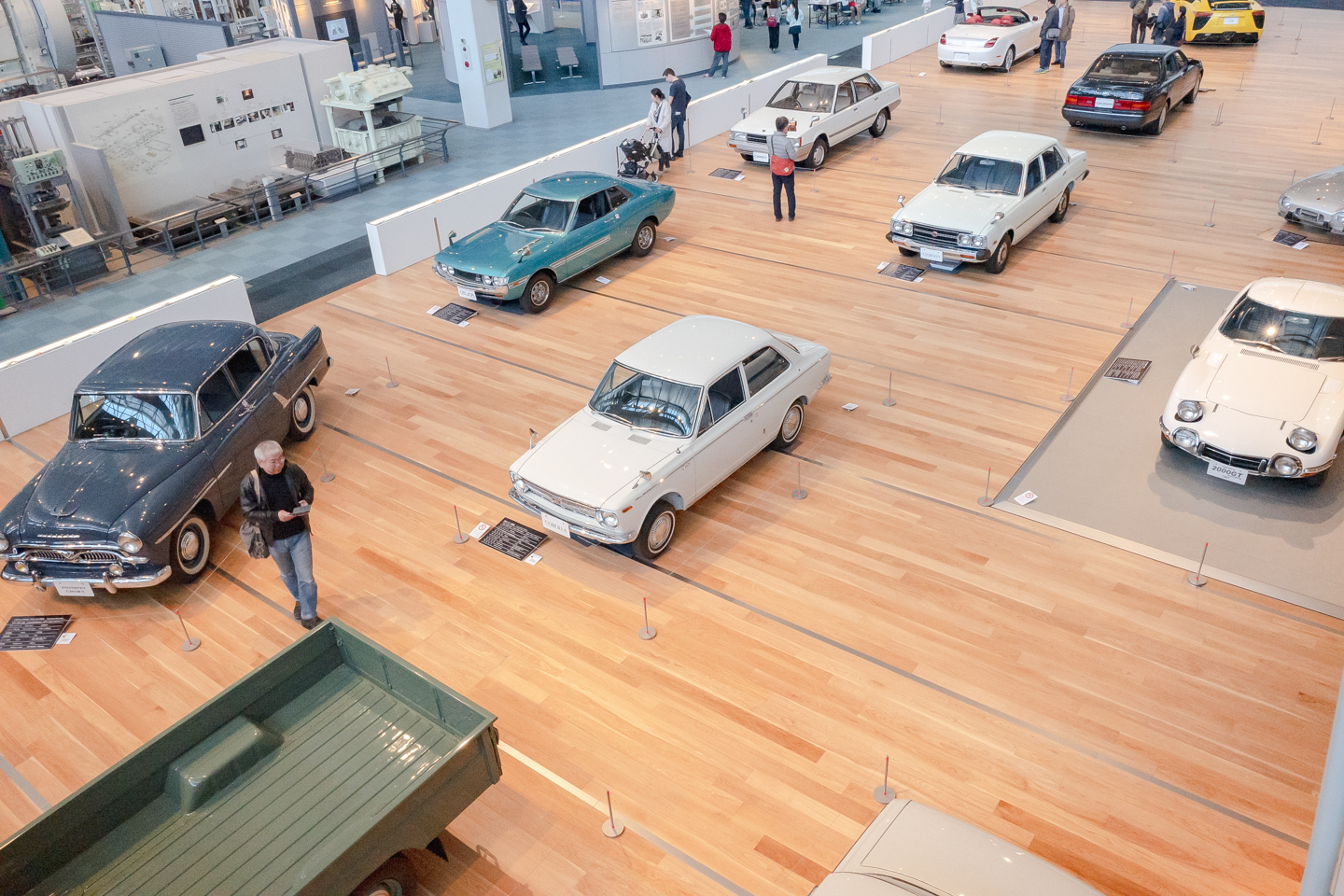 Leica Q · f/16 · 1/60 · ISO
3200
Leica Q · f/16 · 1/60 · ISO
3200
Thanks to Q for reading drafts of this.
Emoji in the feature image are from the original DoCoMo emoji set — credit to Monica Dinculescu for turning them into a font.
